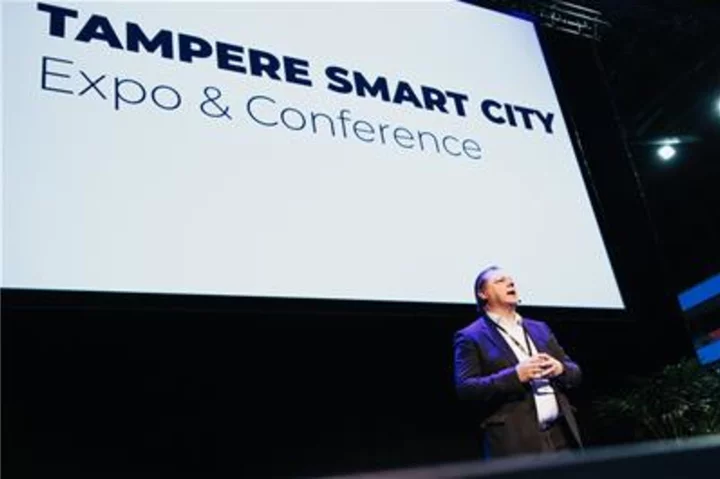
Tampere City in Finland Takes the First Steps to Become a Leading Human-Centric Metaverse City
TAMPERE, Finland--(BUSINESS WIRE)--Jun 14, 2023--
2023-06-14 17:22
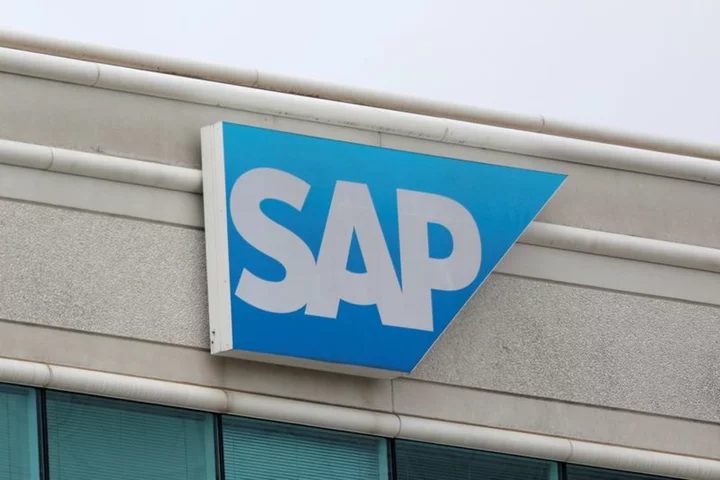
SAP co-founder Plattner intends to sell nearly 1.46 million shares
Hasso Plattner, co-founder of German software firm SAP, concluded an agreement with a bank, which was not named,
2023-06-14 16:53

UKRI announces £50 million to develop trustworthy and secure AI
UK Research and Innovation (UKRI) has announced £50 million in funding to develop trustworthy and secure artificial intelligence (AI) that can help solve major challenges. The investment, which will bring experts across different fields together, was revealed during this year’s London Tech Week. As part of the package, £31 million has been awarded to a group called Responsible AI UK (www.rai.ac.uk), led by the University of Southampton. Its aim is to create a UK and international research and innovation ecosystem for responsible and trustworthy AI that will be responsive to the needs of society. AI tends to be looked at by the tech community as AI that has been thoroughly tested Professor Gopal Ramchurn Led by Professor Gopal Ramchurn, the consortium will help people understand what responsible and trustworthy AI is, how to develop it and build it into existing systems, and the impacts it will have on society. Explaining what trustworthy AI means, Prof Ramchurn said: “Trustworthy AI tends to be looked at from a very technical perspective – ie it is tested and validated in well-defined settings. “However, that doesn’t mean it will be trusted by the public, government, and industry.” He added: “AI tends to be looked at by the tech community as AI that has been thoroughly tested. “It can be AI that is trustworthy by the technical functionality of the application and the particular closed environments it has been tested in, but it is not trusted because maybe it uses personal data, you know, uses your personal data in ways that you would not want it to do.” In addition, £2 million will be awarded to 42 projects to carry out feasibility studies in businesses as part of the BridgeAI programme. These will speed up the adoption of trusted and responsible AI and Machine Learning (ML) technologies. The projects will look at developing a range of tools to facilitate assessment of AI technologies, and successful ones will go on to receive a share of an additional £19 million to develop these solutions further. A further £13 million will be used to fund 13 projects to help the UK meet its net zero targets. Universities across the UK, from Edinburgh to Aberystwyth, and Leicester to Southampton, will lead these projects. The UK’s expertise in the field of AI is a major asset to the country and will help develop the science and technology that will shape the fabric of many areas of our lives Kedar Pandya, the Engineering and Physical Sciences Research Council UKRI has also awarded two new Turing AI World Leading Researcher Fellowships, to Professor Michael Bronstein and Professor Alison Noble, both based at the University of Oxford. Kedar Pandya, executive director, Cross-Council Programmes at the Engineering and Physical Sciences Research Council, said: “The UK’s expertise in the field of AI is a major asset to the country and will help develop the science and technology that will shape the fabric of many areas of our lives. “That is why UKRI is continuing to invest in the people and organisations that will have wide-ranging benefit. “For this to be successful we must invest in research and systems in which we can have trust and confidence, and ensure these considerations are integrated in all aspects of the work as it progresses. “The projects and grants announced today will help us achieve this goal.” Read More Charity boss speaks out over ‘traumatic’ encounter with royal aide Ukraine war’s heaviest fight rages in east - follow live ‘Last Beatles record’ was created using AI, says Paul McCartney Put ‘public good’ at heart of AI and new tech, Starmer to say Ukrainian schoolboy to buy home for his mother after selling Minecraft server
2023-06-14 16:52

Epicor Drives a Modern ERP Experience with Significant Cloud Growth Across UK and Ireland
LONDON--(BUSINESS WIRE)--Jun 14, 2023--
2023-06-14 16:29

YouGov research from LTK Reveals How Creator Marketing Is Boosting UK Retail Sales
LONDON--(BUSINESS WIRE)--Jun 14, 2023--
2023-06-14 16:25

KRAFTON Launches Global Pre-registration for Defense Derby
SEOUL, South Korea--(BUSINESS WIRE)--Jun 14, 2023--
2023-06-14 15:28
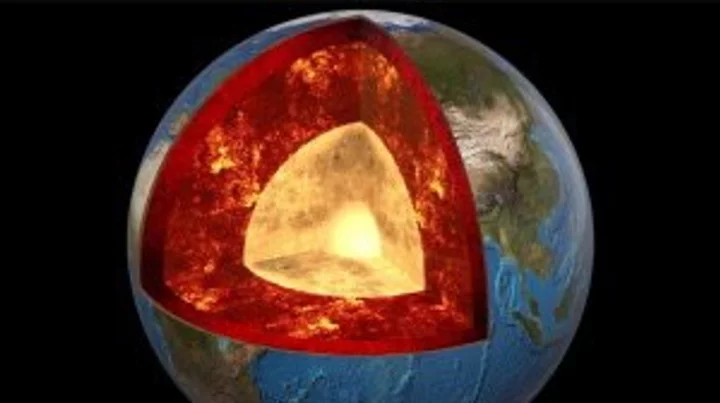
Two giant 'blobs' in Earth's core could be remains of an ancient planet
Many of us look to the stars for answers to life’s most complex questions. But actually, some of the greatest mysteries lie beneath our very feet. One might think we’d know the Earth pretty well by now but, in fact, our planet’s core remains shrouded in enigma. Indeed, there are two gigantic blobs located beneath Africa and the Pacific Ocean that occupy around six per cent of the world’s entire volume. And yet, we’re still not entirely sure what they’re made of or where they came from. There are a number of hypotheses, including that they are piles of oceanic crust that have accumulated over billions of years. Sign up for our free Indy100 weekly newsletter But a more interesting theory is that they are huge chunks of an ancient planet that hit the Earth around 4.5 billion years ago. To give an indication of just how massive these things are, the structure under Africa – an area known as Tuzo – is thought to be around 800km (497 miles) tall – the equivalent of some 90 Mount Everests stacked on top of one another, as IFLScience notes. The problem with determining the origin of these monster formations is that there are no direct ways of observing the Earth’s core. The deepest hole humans have ever dug – branded the "entrance to hell" – reached a pretty staggering 12,263m (40,230ft), but that doesn’t even come close to breaking through the crust to the layers beneath. Our most effective tool for analysing what lies beneath the ground is a technique called seismic tomography, which looks at how waves of energy travel when earthquakes occur. Since rocks and liquids have different densities, the waves move through them at different speeds. By measuring the tremors from different points on the surface, geologists can determine what kind of material the waves are travelling through and, in so doing, map out the Earth’s interior. It was by using this technique that the two unusual structures – known as large low shear velocity provinces (LLSVPs) – were found. Waves travel more slowly in these areas – fondly known as “blobs” – than through the surrounding lower mantle, indicating that they’re made of something different. We can’t tell what this material is based on seismic tomography data alone, but some scientists like to believe that they are the remnants of an ancient planet called Theia – an idea known as the “giant impact hypothesis”. According to this hypothesis, around 4.5 billion years ago, a Mars-sized object collided with the Earth. This impact not only created the planet we call home today, but also threw off enough rock to form the moon that lights up our night skies. Some scientists suggest that some of Theia’s leftovers also sunk to the bottom of the planet, probably settling somewhere above the core – thereby forming at least one of the two LLSVPs. More Updates About Strange Blob Structures Inside Planet Earth youtu.be Experts have been investigating the area for decades but there’s still no way of knowing for sure just what these two giant blobs are. Still, studies into Theia have offered important insights into how the possible collision might have kickstarted key plate tectonic and mantle motion inside our planet – crucial processes for establishing the world on which we live. It’s also a useful reminder that we still have so much to learn about our planet and where we came from. Have your say in our news democracy. Click the upvote icon at the top of the page to help raise this article through the indy100 rankings.
2023-06-14 15:26

Phison, the World’s First Independent Controller Supplier, Earns Automotive-SPICE CL3
SAN JOSE, Calif.--(BUSINESS WIRE)--Jun 14, 2023--
2023-06-14 14:49
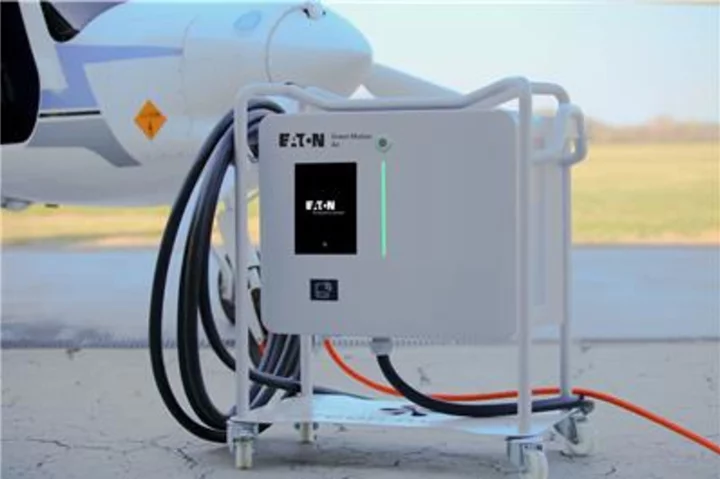
Green Motion Air by Eaton, the Electric Aircraft Charger That Helps Airports to Reduce Their Carbon Footprint, Will Be on Show at the 2023 Paris Air Show
LAUSANNE, Switzerland--(BUSINESS WIRE)--Jun 14, 2023--
2023-06-14 14:26
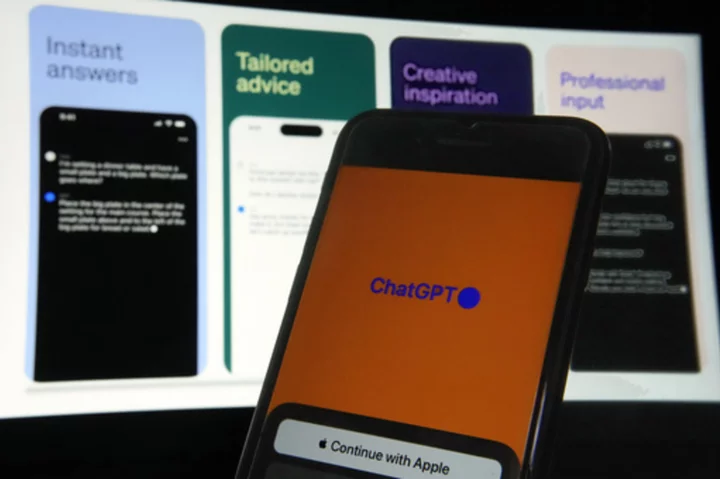
How Europe is leading the world in the push to regulate AI
Authorities worldwide are racing to rein in artificial intelligence, including in the European Union, where groundbreaking legislation is set to pass a key hurdle
2023-06-14 14:21
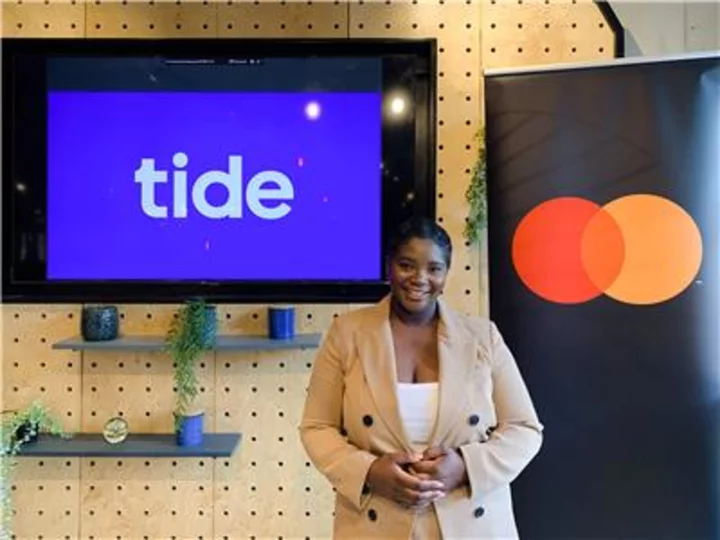
Tide Commits to Helping 200,000 Women Launch New Businesses By 2027
LONDON--(BUSINESS WIRE)--Jun 14, 2023--
2023-06-14 14:17
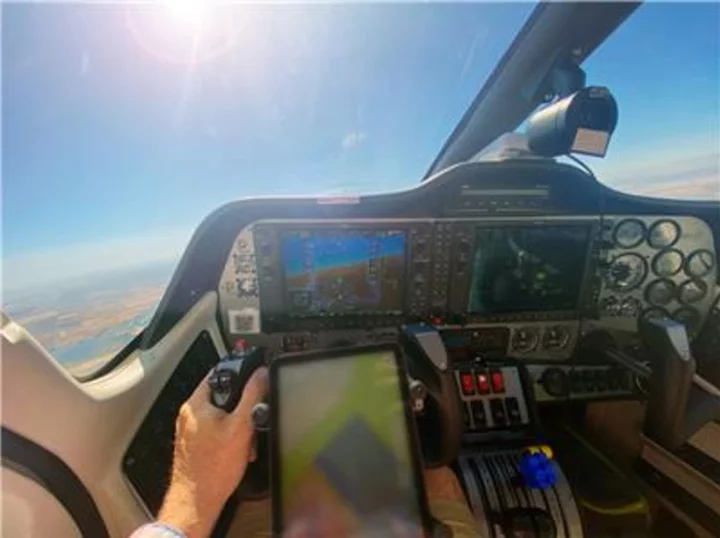
Zeitview Expands Services in Europe with Crewed Aircraft Solar Inspections
MUNICH--(BUSINESS WIRE)--Jun 14, 2023--
2023-06-14 12:23
You Might Like...

Hamas' social media following has skyrocketed since its attack. America is powerless to stop it
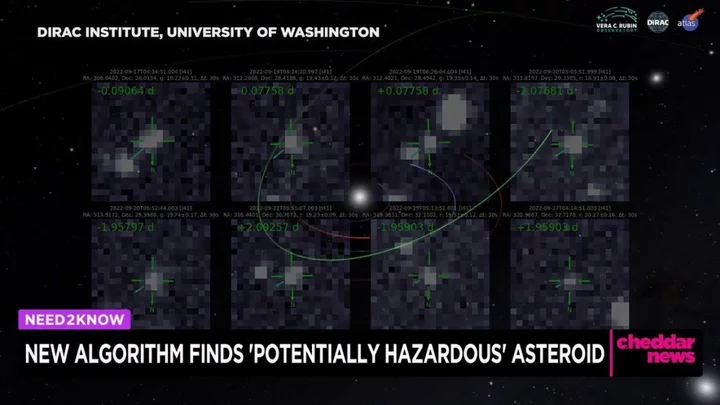
AI spots dangerous asteroid heading towards Earth that scientists missed

Sam’s Club Member Access Platform Demonstrates Significant Return on Ad Spend for Omnichannel Campaigns
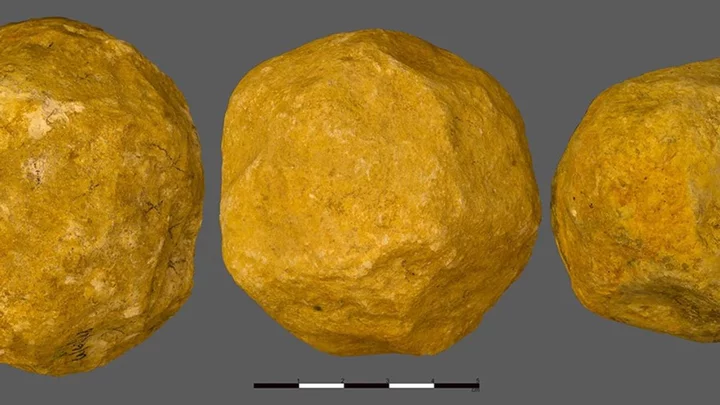
New study shows that early humans deliberately made stones in spheres

Microsoft beats quarterly revenue estimates
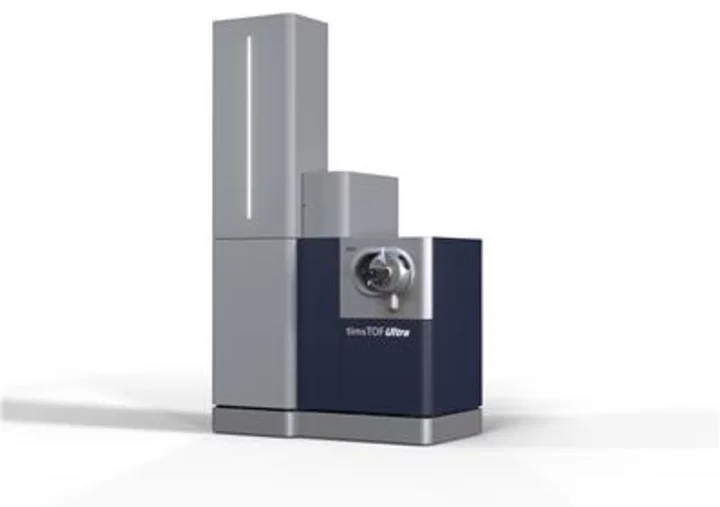
Bruker Launches timsTOF Ultra Mass Spectrometer with Transformative Sensitivity, 300 Hz PASEF MS/MS, and VistaScan™ for Enhanced dia-PASEF® 4D-Proteomics™
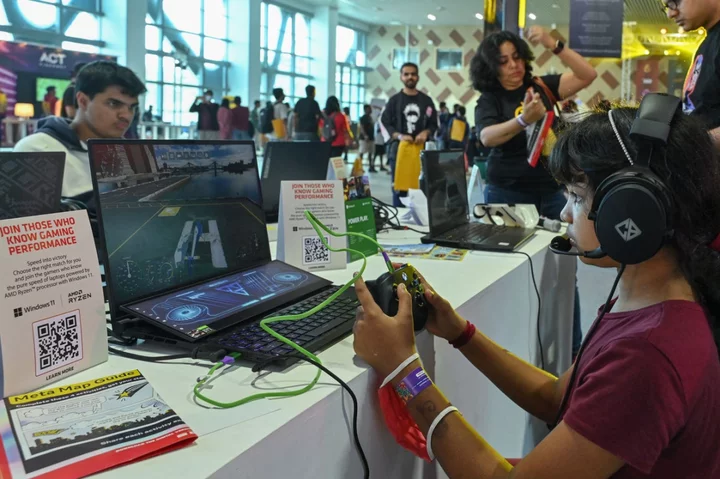
Outrage in India as government hikes taxes on online gaming to 28%

KIOXIA Introduces Next-Generation UFS Ver. 4.0 Devices
